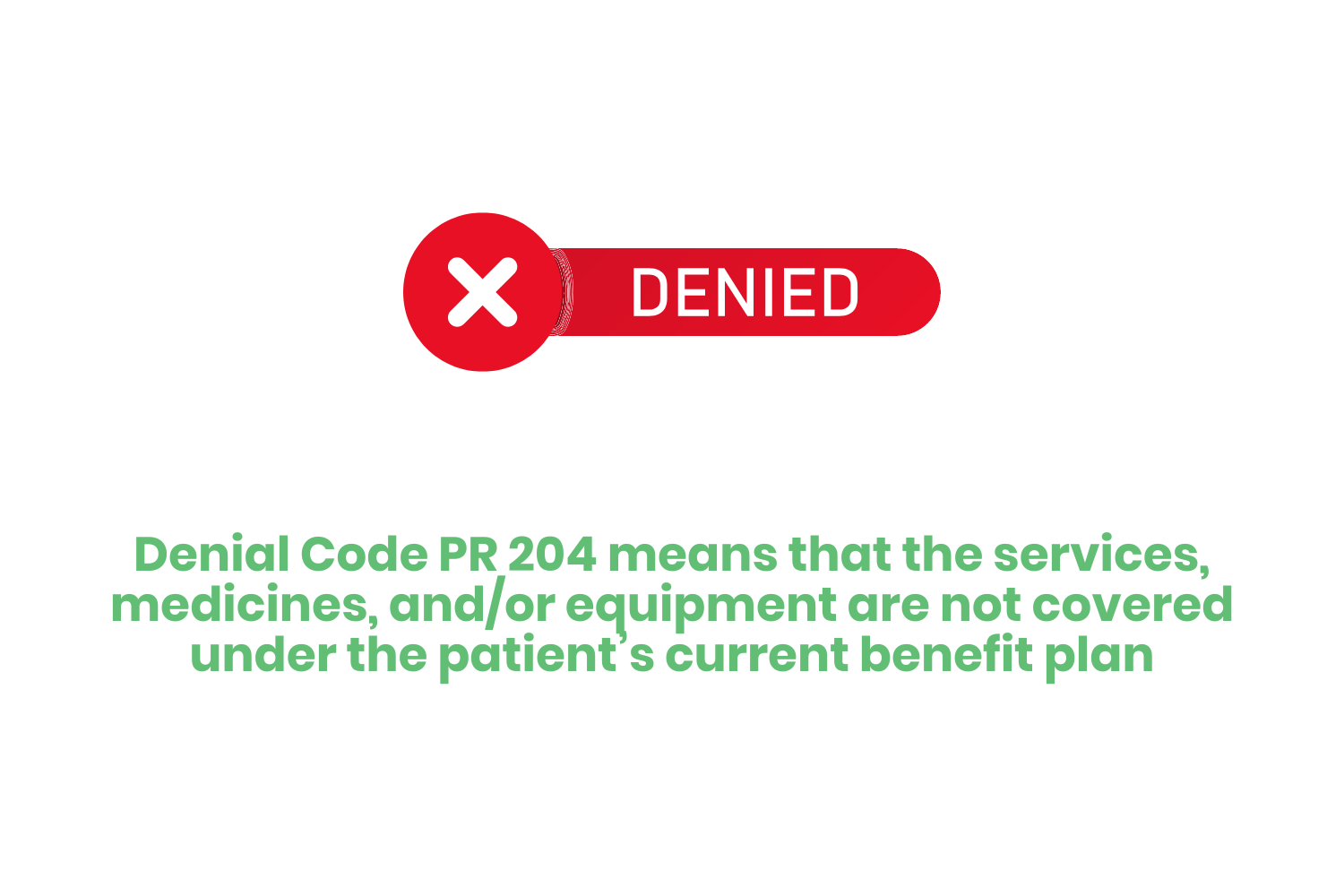When dealing with medical claim denial statistics, Experian Health has some great examples. For instance, according to their 2022 State of Claims Survey, 30% of health professionals say that claim denials are increasing anywhere from 10% to 15%.
When thinking about why these rates keep climbing year after year, it’s important to pay attention to administration efficiency. This refers to how well healthcare systems can reduce repetitive and time-consuming tasks in the office. Interestingly enough, the United States falls last in the administrative efficiency category worldwide.
So what exactly are some of the top issues that lead to these administrative challenges, which in turn increase the rate of claim denials? Problem areas include insufficient data analytics and lack of automation in the claim submission process. Not to mention the lack of staff training and staff shortages on top of it all.
Healthcare providers often don’t have the manpower or experience to prevent claim denials. Medical billers who are just learning to navigate the trenches of claim denial, and even those more tenured, may lack the expertise to support appeals or understand the root cause of the denial.
Why are denials such a pain? It’s probably due to the hundreds of denial codes that aren’t technically standardized across all payers. Along with the fact that the complexity of these denials requires well-trained staff equipped with educational programs.
But have no fear, there are some denial codes that are more common than others and by familiarizing yourself with them, you could save yourself some hassle in the future! If you look back at our previous blogs, you can even find a few of them. So I’m sure it won’t surprise you that I am about to introduce another one.
Let’s look at the common denial code PR 204!
Table of Contents
Claim Denials Vs. Claim Rejections
You might hear the phrase “claim denials” alongside “claim rejections” while on the job, but it’s important to know that they mean different things… although, both are situations that no healthcare professional wants to deal with.
Let’s start with claim denials. These indicate that the payer or insurance company refuses to accept a request to pay for healthcare services. Claim rejections on the other hand describe a state in which the submitted claim does not meet the required conditions or has incorrect coding, and is therefore rejected.
The main difference between the two situations is that a claim denial concerns a claim that enters into processing but the payer finds it to be invalid. A claim rejection happens before the claim is able to go through processing. This is most often a result of incorrect data entered.
Another difference is that billers cannot appeal rejections. Instead, they must correct and resubmit. While with denials, you may be able to appeal them.
As I mentioned before, PR 204 is a denial code. So in this case the claim went through the processing cycle, after a medical billing professional submits to a payer, but has an error. And the good news, since it’s a denial and not a rejection you have the option to appeal! But what error causes this denial code?
Denial Code PR 204
Here is a crash course in claim denial management for you. When a claim returns to you as a medical biller, you can expect a denial code to come with it. To find this code, you will need to look at the explanation of benefits (EOB) that you get back. The EOB will include a claim adjustment reason code (CARC), and this is your key to figuring out why the claim did not process.
If you receive a CARC PR 204 back, here are some things to keep in mind. First and foremost, PR 204 is part of a series of denial codes found under the “non-covered” category of CARCs.
The “PR” in this equation stands for patient responsibility. To explain further, this means that the amount due on the bill is the responsibility of the patient. According to the insurance company, they need to pay the bill due to the fact that the patient’s plan doesn’t cover the specific service provided. This is where the next part of the code comes into play.
The exact definition for the “204” code is that the services, medicines, and/or equipment are not covered under the patient’s current benefit plan. So what does this mean to the medical biller who received this denial?
Can I Ignore Denial Code PR 204?
So what should you do when you run into this denial code? Is it possible to just kind of… ignore it and move on with your day? I can tell you with full confidence that’s never a good idea, no matter the code you are working with.
Let’s look back at denial code PR 204 specifically and see what the damages might be if you were to ignore it.
One of our clients, a hospital with about 900 beds, received 156 of these denials in quarter 1 of 2023. These denials ended up totaling about $3 million.
I know I personally wouldn’t want to miss out on 3 million bucks, and that was just in the first quarter of the year! You can imagine the client didn’t want to see that revenue go either. The problem was, how would they recover that money from so many patients?
It’s true that in most cases all of the inclusions and exclusions are in the policy papers, and that appealing this code can be tricky. But there’s always a chance of finding a discrepancy here, which hopefully can help you make an appeal to the payer.
For example, you may be able to find a different and more appropriate procedure code that can cover the patient under their plan. Maybe you can appeal to the insurance, stating that the services or product falls under a specific kind of coverage.
Or in a worst-case scenario, you can just take the insurance company at its word and bill the patient for the total. Just be mindful of any laws or regulations that might restrict when to bill a patient.
What to Do After Receiving a Claim Denial?
I’ve gone over what to do if you receive the denial code PR 204, but like I said before there are hundreds of codes you might run into. Despite doing your best, you may not be able to avoid them.
No matter what the code, your next step should be to try to appeal the claim. When appealing a claim, it will be helpful to remember to include the following:
Providers’ progress notes
Provider orders
Pathology reports
Nursing notes
Lab reports
Notes from the consultant
When handling a claim denial you should also include any documentation that you have that supports the appeal. Once you have sent in the appeal, remember to follow up with the insurance company within 15 days of the submission.
As for the patient, don’t forget to involve them in the process. After all the contracts are between the patient and his or her carrier. This is especially important in a PR denial situation. They should also be aware of the established financial policy that (ideally) specifies if and when they will receive bills for non-covered services.
Conclusion
Our clients are making changes to become more data-driven when it comes to their revenue cycle. After all, in today’s professional climate, large in-house claim management teams may not be as financially viable.
Your staff should focus on more pressing administrative duties. This leaves the tedious and more repetitive tasks to helpful software while helping you keep employee turnover low.
Taking all of this into consideration, it is generally understood by providers that a modernized experience is essential when working with patients. This is because technology often facilitates faster and more accurate revenue collection.
With nationwide staff shortages, landmark regulation, a shifting economy, and a lack of standardization among payers there is little room for error in collecting revenue. Figuring out how to reduce errors during your claims process is the best place to start. Utilizing clearinghouses can help you automate your claims process by executing claim scrubbing and instantly flagging errors.








